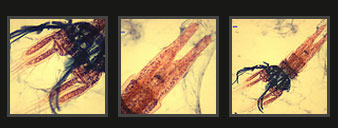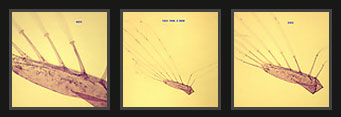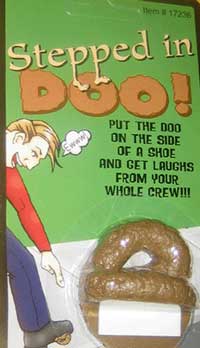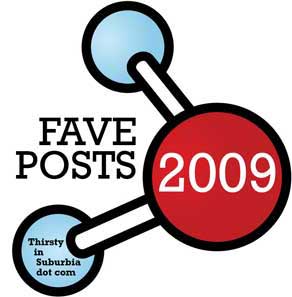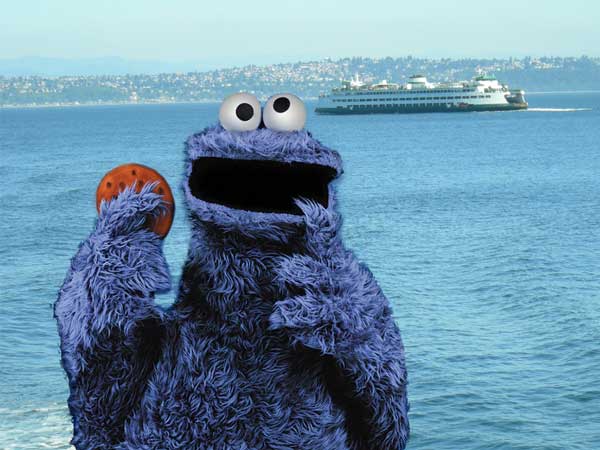Start Spreadin’ the News: Codepods
Who can blame New York Citians if they prefer their shrimp on salads and skewers instead of in their drinking water? This is why a loud and collective “Ewwww!” is rising over some recently posted photos of “tiny shrimp” codepods in New York City’s much-praised drinking water. (The issue of codepods has come up before in this blog in the 2009 post “The Codepod Army, Defending your Water). The teeny crustaceans are 1-2 mm in length and feed on mosquito larvae.
The Consumerist helpfully explains that “New York’s water is of such high quality that it isn’t required by the EPA to mechanically filter its H2O, which means you get to gulp down these cute little guys with every glassful.”
Codepods are completely harmless so keep repeating that to yourself as you feast on the fascinating photos. One possible glitch, pointed out by Gizmodo, is that this means NYC’s water might not be kosher. Oy vey!
